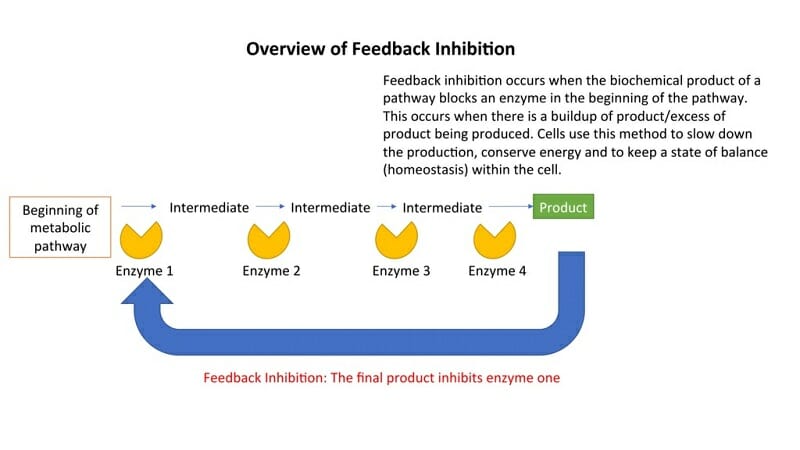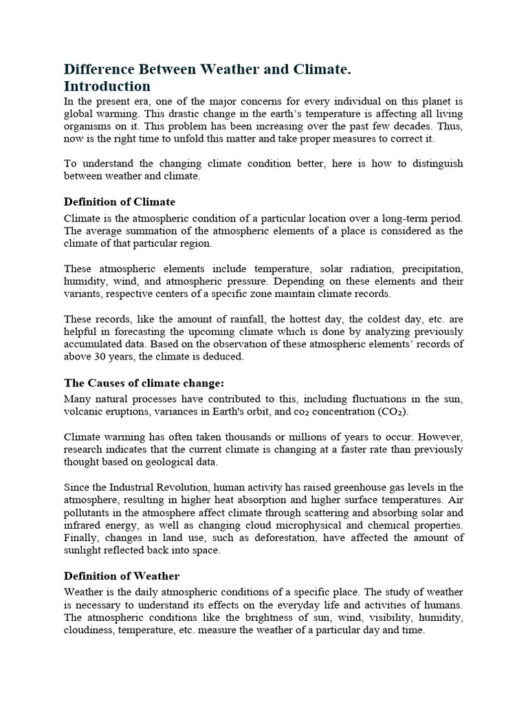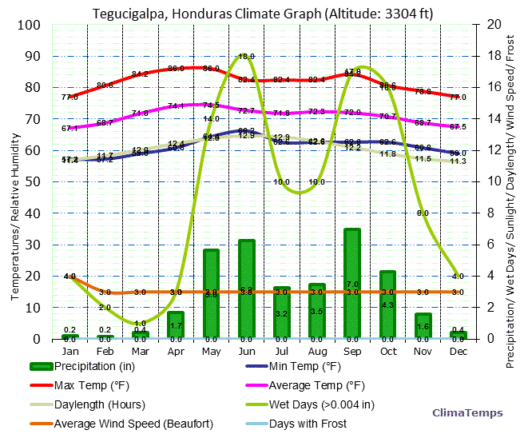In the intricate and multifaceted realm of biological systems, the concept of feedback inhibition emerges as a pivotal mechanism that epitomizes the elegance of nature’s regulation. But how exactly does feedback inhibition conserve energy? One might ponder the potential ramifications of this sophisticated process, particularly in an era where energy conservation is more crucial than ever, reflecting on biological paradigms to glean insights for human applications. So, what can we learn from these natural processes, and how can they inform our strategies in tackling energy efficiency? Let’s delve into this intriguing topic.
Feedback inhibition is a fundamental regulatory mechanism in metabolic pathways, often functioning to maintain homeostasis and balance within living organisms. At its core, this process involves the inhibition of an enzyme’s activity by the end product of the enzymatic reaction. Essentially, when the concentration of a particular product reaches a predetermined threshold, it signals the pathway to downregulate, thereby curtailing further production. This mechanism employs a form of negative feedback—a classic example of how nature efficiently conserves resources.
To comprehend the energy conservation aspect, one must first appreciate the metabolic pathways in which feedback inhibition operates. Consider the synthesis of amino acids or nucleotides—complex biochemical processes that are energetically expensive. Synthesizing these molecules requires an investment of ATP and other energy-rich substrates. In scenarios where the need for these products abates, feedback inhibition steps in, modulating the pathway’s activity to avoid unnecessary expenditure. This conservation of metabolic energy is analogous to adjusting the thermostat of a house; it prevents excessive energy use, maintaining a consistent internal environment.
Why does this matter? Just as organisms efficiently manage energy to survive and thrive, humans face similar challenges in the context of climate change and resource management. By emulating biological systems like feedback inhibition, innovative strategies can be devised to optimize energy consumption in industrial processes, urban planning, and even personal living. Imagine a world where our energy systems exhibit similar self-regulating mechanisms—perhaps adjusting consumption based on real-time demand and resource availability.
The interplay between feedback inhibition and energy conservation unfolds in several key domains: enzymatic regulation, ecological balance, and technological innovation. Each of these domains illuminates the critical mechanisms that organisms utilize to optimize their energy use, providing a wealth of knowledge applicable beyond biology.
Enzymatic regulation serves as the cornerstone of feedback inhibition. In metabolic pathways, enzymes act as catalysts, expediting chemical reactions critical for cellular function. When the end product of a metabolic pathway accumulates, it binds to the allosteric site of the initial enzyme, inducing a conformational change that diminishes its activity. This suppression prevents the unnecessary conversion of substrates into products, thereby conserving the energy required for those reactions. From an ecological perspective, this regulation mirrors predator-prey dynamics; when prey populations flourish, predator numbers may adjust in response. Such balancing acts constitute vital adaptations that sustain ecosystem health while conserving energy across trophic levels.
Moreover, the implications of feedback inhibition extend into biotechnological realms. Industries that leverage microbial fermentation processes, such as brewing or biofuel production, could benefit substantially from integrating principles of feedback inhibition. Employing real-time metabolic sensors could inform shifts in substrate flow, maximizing yield while minimizing energy input. In such systems, microorganisms regulate their metabolic output in response to the concentrations of products. This biotic orchestration symbolizes a paradigm shift—creating efficiencies that could potentially mitigate fossil fuel dependence and reduce greenhouse gas emissions.
However, imitating nature is not without its challenges. The complexity and variability of biological systems introduce uncertainties when attempting to replicate feedback inhibition on a larger scale. For instance, could we engineer self-regulating systems in urban infrastructure that mimic biological feedback loops? This playful question invites exploration into the potential of smart cities—urban environments equipped with adaptive technologies that gauge real-time energy usage and adjust accordingly. Such innovations could lead to a drastic reduction in energy waste, optimizing resource allocation in ways currently unimagined.
Another avenue worth exploring is the role of education in fostering an understanding of feedback inhibition and its applications. By integrating biological principles into curriculums, we can cultivate a generation of thinkers equipped to approach sustainability through a holistic lens. The rich vocabulary of biology serves as an inspiring backdrop for discussions about environmental challenges; terms like “homeostasis,” “allosteric regulation,” and “metabolic pathways” become tools not just of explanation, but of empowerment.
Moreover, communal initiatives that invite collaborative problem-solving can also reflect the principles of feedback inhibition. Community gardens or renewable energy cooperatives act as microcosms of regulated ecosystems, where local resources are wisely utilized. Citizen participation in these initiatives highlights collective ownership, which parallels the shared responsibility seen in biological networks. Harmony in such undertakings can catalyze broader societal shifts toward sustainable practices.
In summary, feedback inhibition serves as a testament to the ingenuity of biological systems, highlighting how organisms seamlessly regulate their metabolism to conserve energy. By examining these natural processes, we uncover pertinent lessons applicable to our modern society, particularly in the pursuit of energy efficiency and sustainability in the face of climate change. The potential to integrate biological insights into human infrastructure and behavior fosters not only innovation but also a deeper respect for the complexities of life on Earth. The challenge lies in how effectively we can extrapolate and adapt these principles to our shared world, creating pathways toward a more sustainable future.








